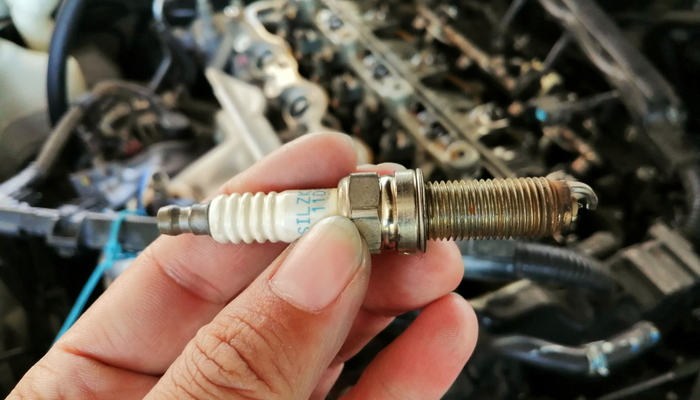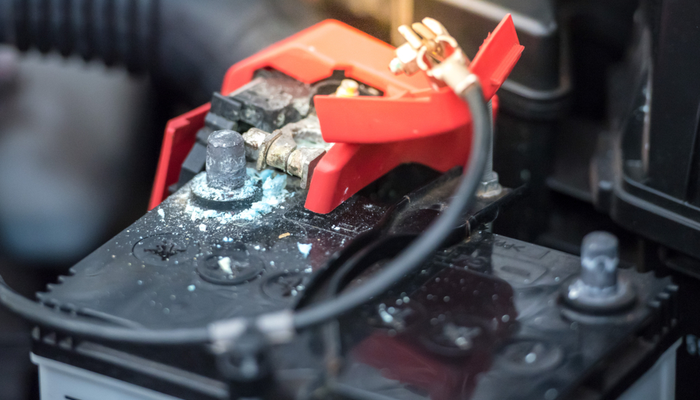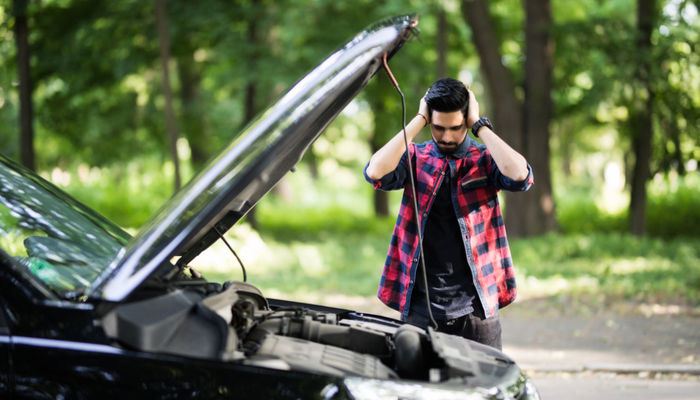The cars you drive today are a marvel of engineering, technological advancement, and ingenuity. However, when these vehicles stop running properly, you may find yourself in a jam. If your car doesn’t start, then the task of finding someone to fix it may be more difficult than what you bargained for. Let’s look at some ideas for how to handle this issue when it crops up again.
1. Jump Starting Your Vehicle
To jump-start your vehicle, you’ll need a tow truck and a large flat trolley. Charge one of the batteries in your car using jumper cables. This acts as the battery for the tow truck. Then, place the tow truck’s battery so that its positive terminal points toward your car’s positive terminal and its negative terminal points toward your car’s negative terminal. Place jumper cables from the battery to each of the positive terminals on both batteries and then connect each of these cables to a positive terminal on your car’s alternator or electrical equipment.
2. Check If The Spark Plugs Are Defective

If your car doesn’t start, the spark plug could be defective. To check this, turn the engine over with a hand crank and look to see if the spark plug fires. If it doesn’t, then you may have to replace it. This can be done easily by an amateur mechanic in most cases.
3. Try Doing an Engine Flush While Your Car is Ignition
An engine flush involves pumping some fluid into your engine through your fuel intake system while you’re driving and allowing it to run for a few minutes or so before shutting off the car again. Then you repeat this process several times until you’ve completed one full flush cycle. This process cleans out the gunk, corrosion, and other materials that might be accumulating inside your engine and preventing it from working properly.
4. The Battery Could Be Old

If your car doesn’t start, then the battery might be old. A new battery may not provide the power needed to rev up your engine and get it going again. This is particularly true if you’ve put a lot of miles on your car recently or if you’ve been away from home for a while. The battery will only last so long before it needs replacement, and you’ll need to pay attention to how frequently you’re charging it and when you’re using it so that you don’t run it down too quickly.
In conclusion, if you find yourself in a situation where your car won’t start, then you may have to call a professional mechanic to get it fixed. In many cases, however, you can handle the issue independently. This means that when the problem arises again, you’ll have an idea of what to do and know what steps to follow: turn the ignition key, listen for the engine to turn over, check if there is a spark or not and try doing an engine flush while the car is running.

